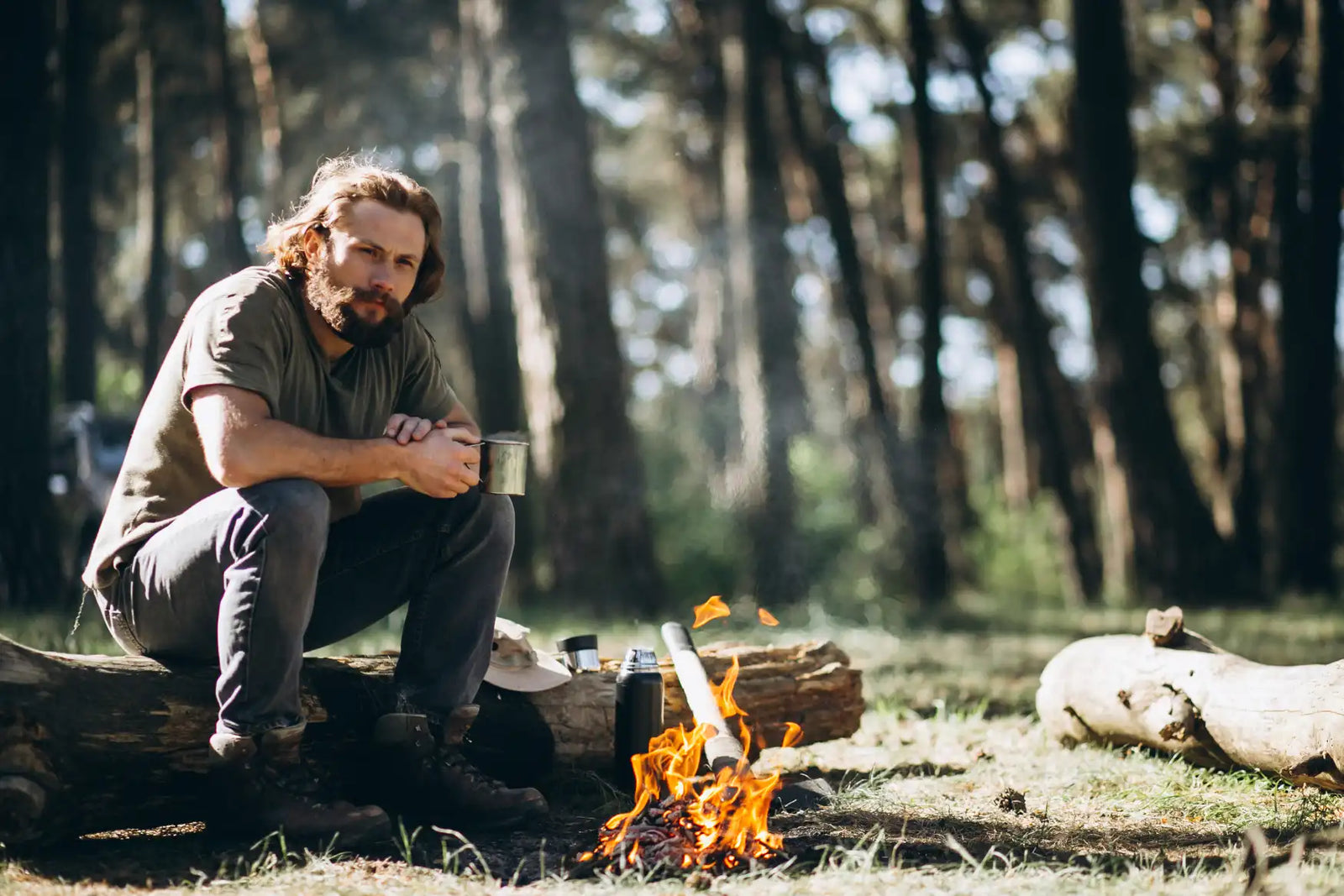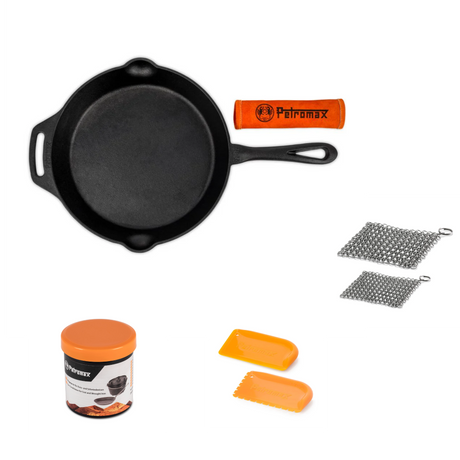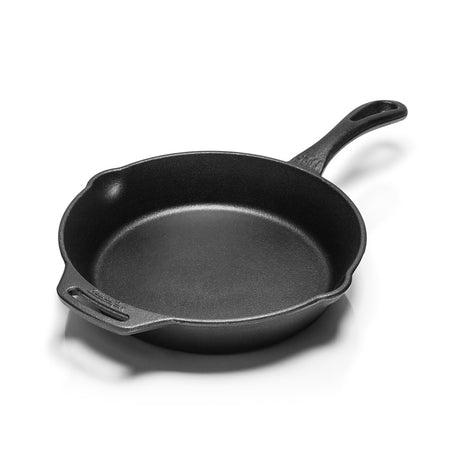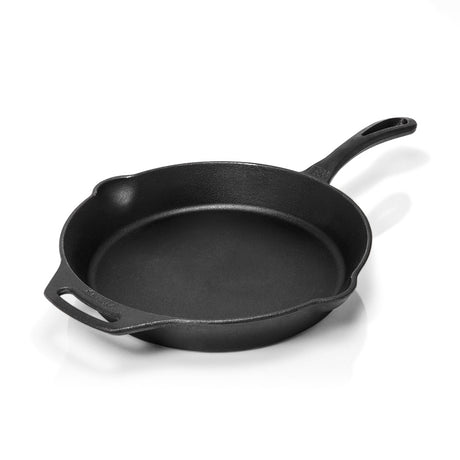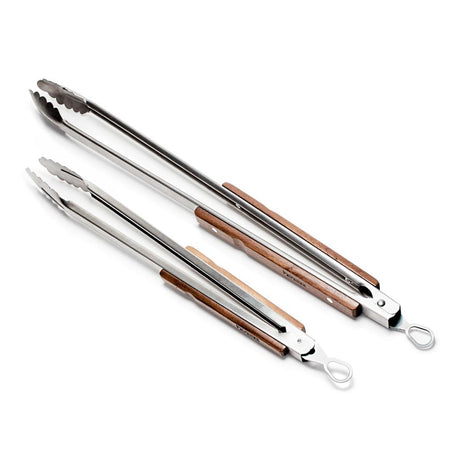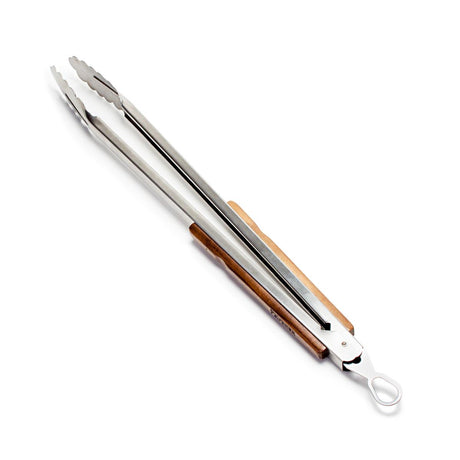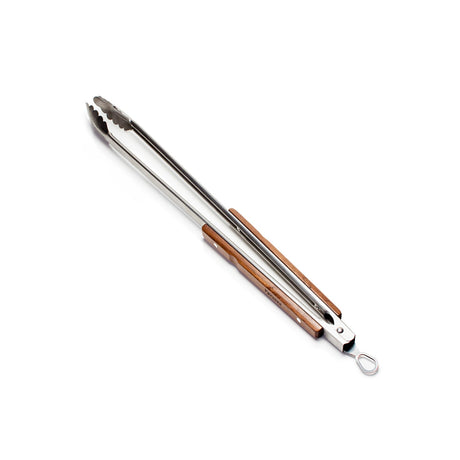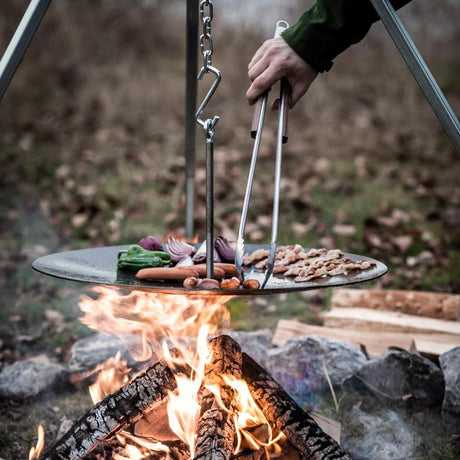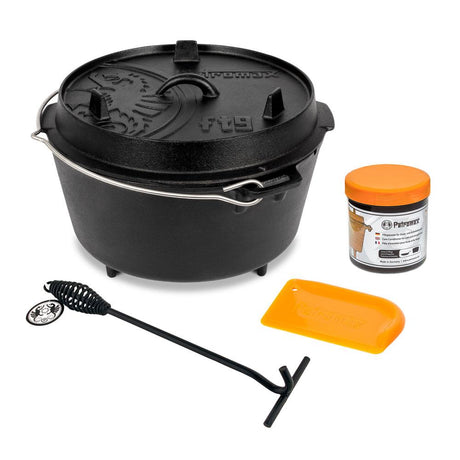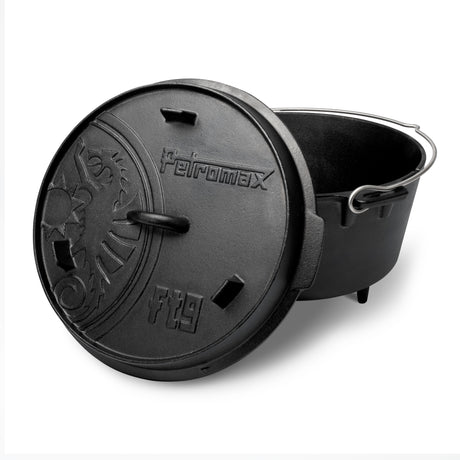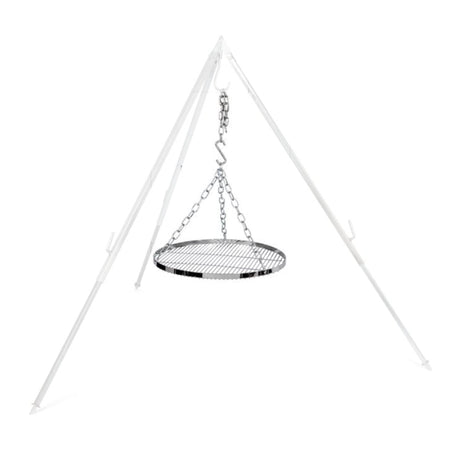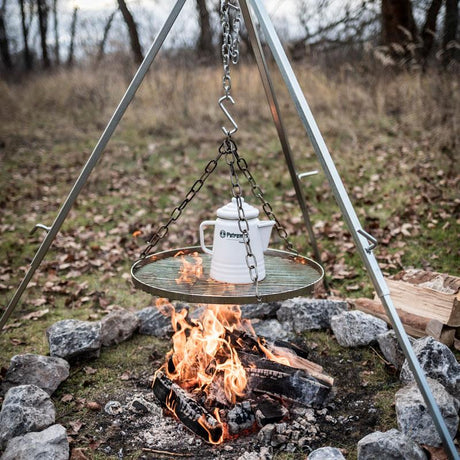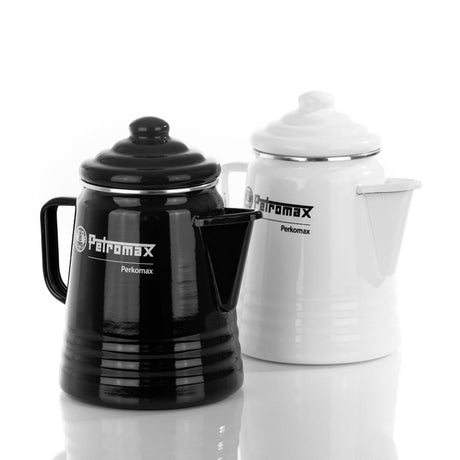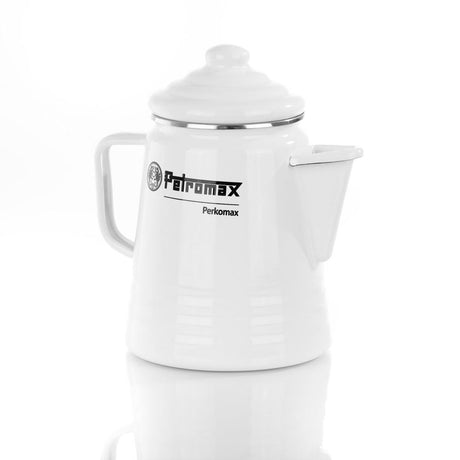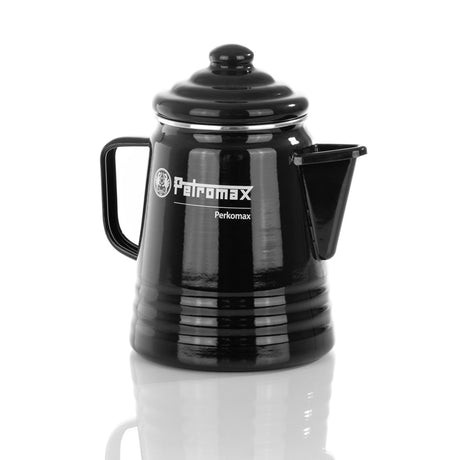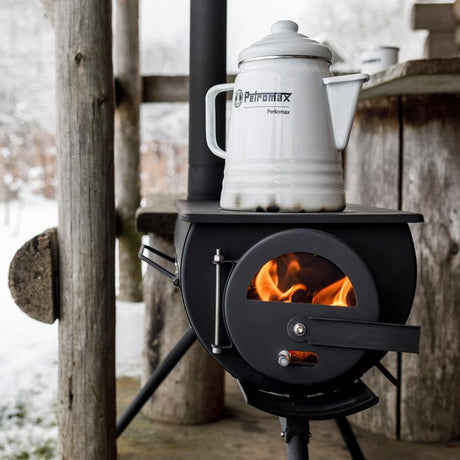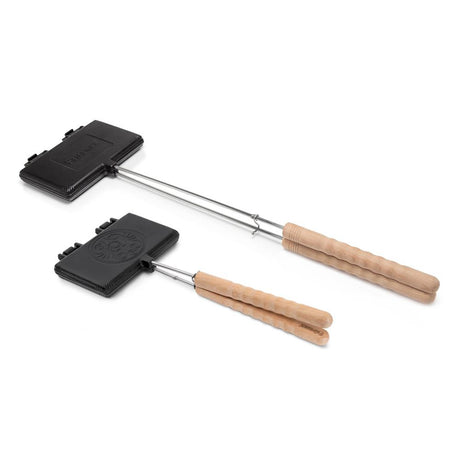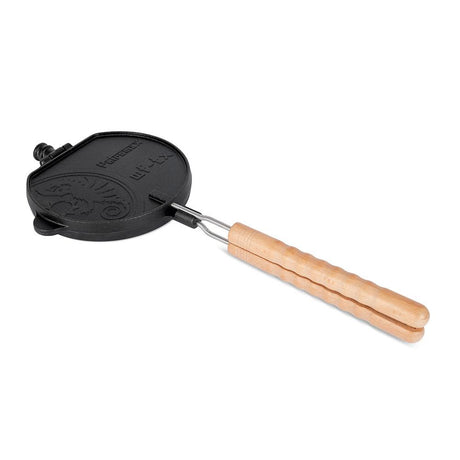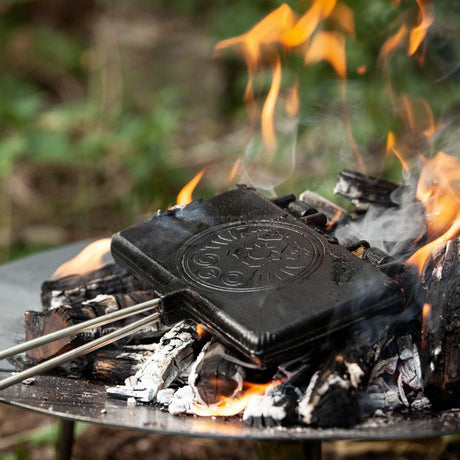Sometimes a crackling fire, a canopy of branches and the starry sky above you are enough to make you feel completely free. Bushcraft is exactly this feeling: life in nature, without frills, but with lots of knowledge, creativity and adventure.
Have you ever wondered what it would be like to be out in nature with very little equipment? No cell phone, no electricity, just you, your tools and the forest. That's what bushcraft is all about. It's not just another outdoor trend, but a real way of life. In this article, I'll show you what bushcraft actually is, what equipment and skills you need and how you can get started step by step.
Table of contents
What is bushcraft and what does it mean to be a bushcrafter?
What is the difference between bushcraft and survival?
What basic equipment do you need to bushcraft?
What skills are essential for successful bushcraft?
How do I light a fire without a lighter and match?
How do I learn bushcraft properly and where do I start?
Is bushcraft allowed in Germany?
Conclusion: The most important key points of bushcraft
What is bushcraft and what does it mean to be a bushcrafter?
Bushcraft is an English term made up of "bush" (for wilderness) and "craft" (for trade, skill). The translation of bushcraft is therefore something like "the art of finding your way in the wilderness".
The meaning of the term lies in the fact that you learn to familiarize yourself with the resources of nature - without great technology, without luxury. A bushcrafter builds a shelter with branches and string, gathers edible plants, makes a fire without a match and lives in such a way that he becomes one with his environment.
Important: The term is not protected. This means that anyone who wants to get to grips with the subject of bushcraft can call themselves a bushcrafter.
And one more point: bushcraft is not the same as survival. While survival is about bare survival, bushcraft is about living in nature. It's about being outdoors, acquiring skills and treating nature with respect. Or to put it simply: survival is stress - bushcraft is freedom.
What is the difference between bushcraft and survival?
Bushcraft and survival have a lot in common - and yet they pursue different goals. If you understand the difference between bushcraft and survival, you can better decide which appeals to you more.
Survival is about getting by in an emergency with minimal equipment. Example: You get lost in the wilderness, only have a knife with you and have to survive somehow. Every resource, every trick counts to stay alive. Survival often means surviving in the wilderness by any means necessary.
Bushcraft, on the other hand, is voluntary. You deliberately go out to experience nature and build a life in it. This can mean building a shelter, making a fire or learning how to treat water. In short: bushcraft is about living and surviving in nature - not out of compulsion, but out of passion.
👉 You can find a more in-depth comparison here in the article Bushcraft vs. survival - the ultimate comparison.
| Topic | Bushcraft | Survival |
|---|---|---|
| Goal | Experience nature, train skills | Survival in emergency situations |
| Focus on | Practical skills, comfort in nature | Minimum equipment, maximum improvisation |
| Example | Building shelters, lighting fires, collecting edible plants | Orientation without aids, emergency food, perseverance in dangerous situations |
| Equipment | Knife, axe, tarp, sleeping bag - practical, but not excessive | Often only what happens to be available |
What basic equipment do you need to go bushcrafting?
The truth is: you don't need any special bushcraft equipment to get started. But: having the right tools will make your outdoor adventure more enjoyable and safer.
Bushcraft essentials include:
- Bushcraft knife - your most important tool. You need it for woodwork, food or small repairs. You can find a selection in our outdoor knives.
- Axe - useful if you want to chop robust wood.
- Saw - or a saw and a rope to cut branches cleanly or build structures.
- Tarp - lightweight, versatile, protects you from wind and rain.
- Sleeping bag - keeps you warm when the night gets chilly.
- First aid kit - essential because minor injuries happen quickly outdoors.
- Bushcraft rucksack - robust enough to carry all your equipment.
Of course, you can also improvise. But believe me: some things like a good knife or a robust tarp make the difference between a stressful and a relaxed night in the forest.
👉 You can find a complete overview in the outdoor equipment section.
👉 And a practical packing list to get you started can be found here: Bushcraft packing list.
What skills are essential for successful bushcrafting?
A real bushcrafter is not defined by their equipment, but by their practical skills. Bushcraft involves knowledge that makes you independent.
Here are the most important skills:
- Fire making: Lighting a campfire with fire steel, tinder and dry wood. Without a lighter or matches.
- Building a shelter: Create a safe place with natural materials such as branches and leaves or a tarp.
- Finding food: Identify plants, collect berries, conjure up small meals from nature. Many plants are edible, but it is important to know the differences.
- Treating water: Boil, filter or use improvised methods.
- Use tools: Use a knife, saw or axe in such a way that you get the most out of it without hurting yourself.
👉 You can deepen your knowledge here:
Tips for making a fire
How to build a bushcraft shelter
Overview of edible wild herbs
How do I light a fire without a lighter and match?
Lighting a fire is something of a supreme discipline in bushcraft. Sure, you could just pull a lighter out of your pocket - but where's the magic in that?
Techniques for making fire:
- Striking sparks with fire steel - the classic. If you have the right tinder, all you need is a spark.
- Working with tinder - birch bark, dry grass or cotton cloth are perfect.
- Collectdry wood - especially important if it has been raining. Thin branches and wood shavings burn the fastest.
- Rubbing techniques - such as bow drill or hand drill. This takes practice, but is the most original method.
The great thing is that once you've managed to light your first open fire without modern tools, you'll never forget the pride.
👉 You can find step-by-step instructions here: Making a fire without a lighter.
How do I learn bushcraft properly and where do I start?
You may be asking yourself: "Okay, I'm keen, but how do I get started?" - The good news is that bushcraft is a hobby that you can learn slowly and at your own pace.
- First steps: Go on short trips, grab your knife, tarp and sleeping bag and spend time outdoors. Even your first time in the great outdoors will teach you a lot.
- Practice your skills: Making a fire, building a shelter, recognizing edible plants. Start small - the rest will come with time.
- Deepen your knowledge: Books, blogs or courses are a great way to start building your knowledge and skills.
- Controlled environment: Try out new skills in the garden or on a permitted area first before venturing deeper into the forest.
Bushcraft is not a sprint, but a journey. The most important thing is to treat nature with care, respect and sustainability.
Is bushcraft allowed in Germany?
Bushcraft is permitted in Germany - but there are rules. In German forests, you are not allowed to simply light an open fire or cut down entire trees.
Rules for bushcraft in Germany:
- Fires in the forest: Open fires are strictly forbidden in German forests. However, it is possible on private land or at permitted fireplaces.
- Overnight stay: Wild camping with a tent is not permitted. A tarp or bivouac is tolerated in many areas - but if in doubt, ask.
- Nature conservation: You are not allowed to cut down trees or use protected plants.
- Careful with resources: only collect what you need and don't leave any garbage behind.
The most important thing: Bushcrafting is permitted in Germany as long as you follow the rules and treat nature with respect. If you adhere to the "leave no trace" principle, you are on the safe side.
Conclusion: The most important bushcraft key points
- Bushcraft is the art of getting by outdoors with little equipment.
- The difference to survival: Bushcraft means living in nature, not just surviving.
- Important essentials: knife, saw, axe, tarp, sleeping bag, first aid kit.
- Essential skills: making a fire, building a shelter, finding food.
- In Germany you are allowed to bushcraft - as long as you respect nature and comply with the law.
Bushcraft is freedom, adventure and closeness to nature all rolled into one. So pack your rucksack, go out, try it out - and maybe you'll soon become a real bushcrafter yourself.
